A foot valve is a special type of non-return valve, with a strainer affixed to the open end. For suction lift applications, foot valves are widely used in the pump suction or at the bottom of pipelines. The use of foot valves, keeps the pump primed, the fluid flows in but does not flow back out, and hence they are ideal for wells, ponds, and pools. As the flow area of the foot valves is larger than the pipe size, there is very less head loss.
Working of a Foot Valve
Foot valves being unidirectional allow the flow only in one direction and the valve closes for reverse flow. The inlet strainer of the foot valve filters out the unnecessary solid particles from the fluid and thus prevents valve damage.
When pumps are used to move fluids from lower to higher elevations, a lot of energy will be required. At the same time when the pump is turned off, the liquid will flow back to the lower level. But the use of foot valves prevents this reverse flow. The foot valve maintains the liquid column even when the pump is not working.
Foot valves are basically a type of check valve that prevents the backflow of liquid. They are placed in the pick-up end of the pipe and are located at the very bottom. When the pump is started, a suction is created which opens the foot valve. Water or other liquid easily enters the pipe through the foot valve due to the pulling force of the pump. But when the pump is turned off, this pulling force is removed but still, the water level retains its level as the foot valve does not allow the water to flow back. thus the pump remains always primed.
Requirements for Foot Valves
Foot valves are used for various reasons like:
- To keep the pump primed when pumping liquid from lower to higher levels.
- To prevent damage to water pumps without foot valves there may be dry runs. Without a foot valve, the air will fill the pipe which will oppose the water flow and the pump will run dry.
- To reduce energy wastage.
Functions of the Strainer for the Foot Valve
The strainer in a foot valve filters out the debris that may jam the foot valve and can cause damage to the pump. So, the strainers protect the valves and pumps and perform a very important function.
Features of a Foot Valve
Foot valves usually have self-tapping male and female threads that help in easy installation. They have internal balls for quick sealing and valve reaction. They are flexible enough to fit various types of water pump uses. Foot valves are cheaper compared to other valves.
Components of Foot Valves
Each foot valve consists of 4 basic components:
- Screen: To remove sediments or debris.
- Body: The complete mechanism is housed within the valve body.
- Seat: The seat is an integral part of the body and uses o-rings to avoid leakage when the valve is closed. The valve lands on the seat when the pump is turned off.
- Disc: This is the gateway of the foot valve. When the disc is raised, liquid can enter.
Materials for Foot Valves
Foot valves are usually constructed of heavy-duty cast iron, bronze, Stainless Steel, PVC, and Plastic. Foot valves are normally used for water services and these materials last longer when submerged in water.
Applications of Foot Valves
As foot valves prevent the suction column from draining when the pump is not in operation, they are widely used in all kinds of pneumatic systems. The major application of foot valves is found in pumps and because of that, they are sometimes called foot valves for pumps or well-pump foot valves. Typical applications of foot valves include:
- Suction lines of the pipeline
- Ponds, pools, and wells, where pumps are used to transfer water.
- Sump pumps, and intake pumps, in rivers and lakes.
- Pneumatic brake lines of commercial trucks.
- Car wash systems.
- Irrigation systems.
- Rural fire protection systems.
- HVAC systems.
Types of Foot Valves
Foot valves can be classified based on construction and flow systems. Based on the construction of foot valves, there are two types of foot valves, Membrane foot valve, and ball foot valve.
Membrane foot valve: In a membrane foot valve, a cylindrical rubber membrane is fitted inside a steel strainer. When the suction is formed in the strainer, the membrane is displaced and the liquid flows through the valve. The cylindrical membrane closes during a reverse flow and thus prevents the backflow.
Ball foot valve: In this type of foot valve, a cylindrical inclined chamber and seating have used that guide the ball valve. When inward flow occurs, the ball is displaced with its chamber, and fluid flows. On the other hand, when the flow rate decreases, it runs down the chamber onto its seat and the valve prevents reverse flow. Ball foot valves are mostly used for contaminated water.
According to the flow system, the foot valves are classified as Microflow system valves, high-flow system valves, and low-flow system valves.
- The microflow system valves are mostly made of stainless steel and used in direct push technology micro-wells and multilevel good installation.
- The high-flow system valves are used on 2-inch wells or larger and can stand high pumping rates and very deep wells.
- The low-flow system valves are used in small diameter piezometers which lift up to 100 feet of water.
Based on the types of threads used, foot valves are of three types:
- Female threaded foot valve.
- Male threaded foot valve
- Dual-threaded foot valve
Selection of Foot Valves
Foot valves are selected considering various parameters like:
- The task that the foot valve will perform and fluid service.
- Duty of valve; whether heavy-duty or light-duty.
- Load the foot valve need to carry.
- Durability.
Maintaining a Foot Valve
Even though a foot valve is a small element, it must be properly maintained. Some of the steps that can be followed to increase the life of foot valves are:
- Regular cleaning of debris of the foot valve.
- Regular checking of corrosion signs.
- Ensuring that the tank or well bottom is clean
Difference between Foot Valve and Check Valve
Even though both the check valve and foot valve serves a similar function of a non-return valve i.e, preventing backflow, there are some distinct differences between the two valves. They are:
| Foot Valve | Check Valve |
| The foot valve has a strainer affixed to the valve | The check valve does not have a strainer. |
| Foot valves are installed at the suction side of the pump. | Check valves are installed at the discharge side of the pumps. |
| Foot valves have only one thread for installation. | Check valves have threads on both ends. |
| Foot valves can be installed only at the end of the pipe. | Check valves can be installed in the middle of pipes. |
| The use of foot valves is limited to pump lines only. | Check valves have multiple uses. |

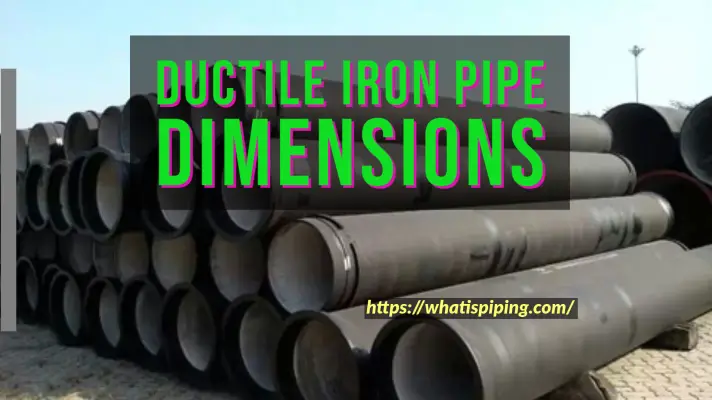
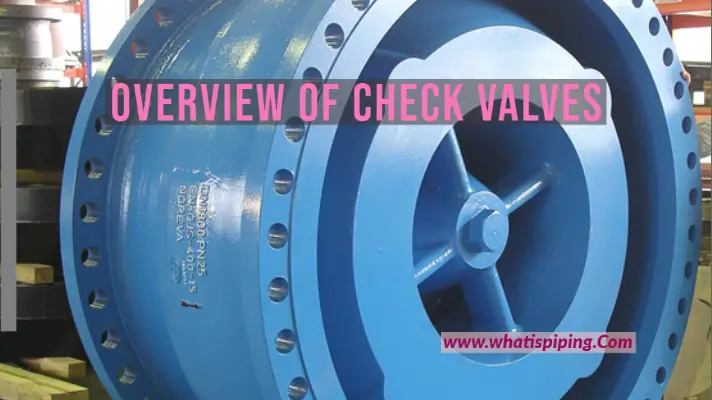
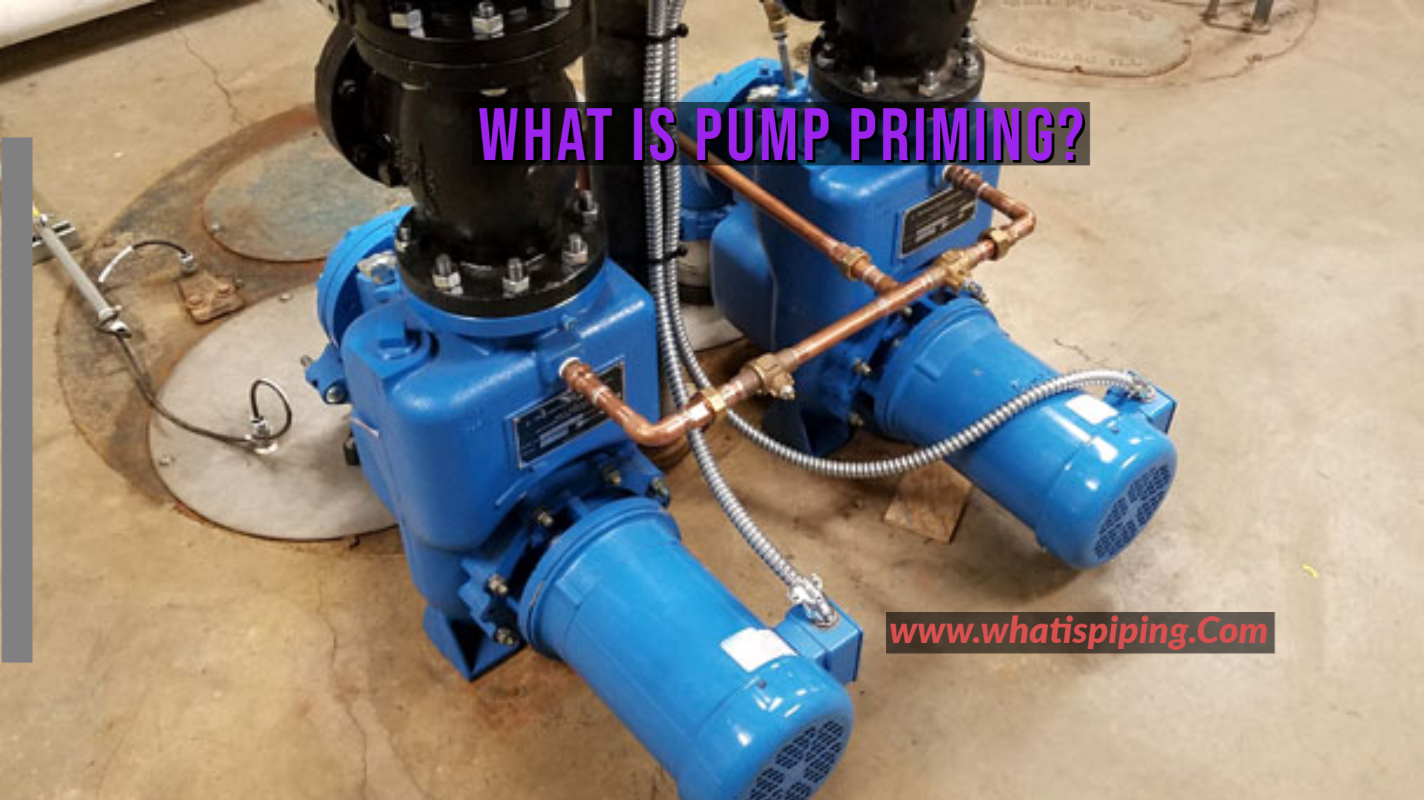
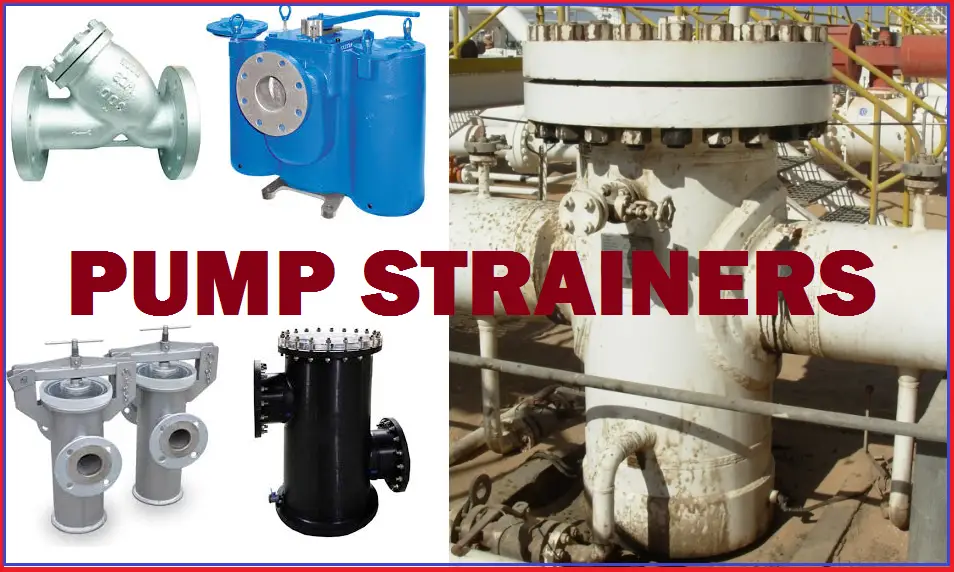
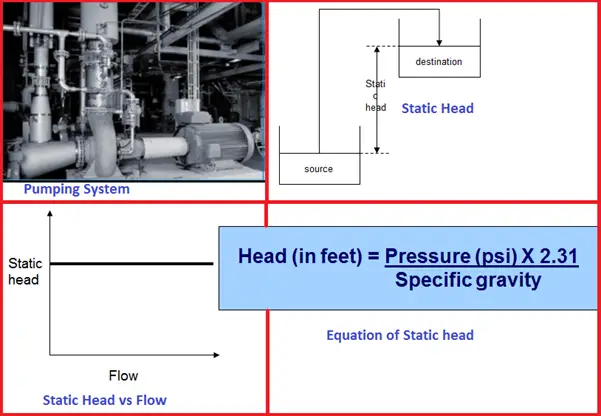

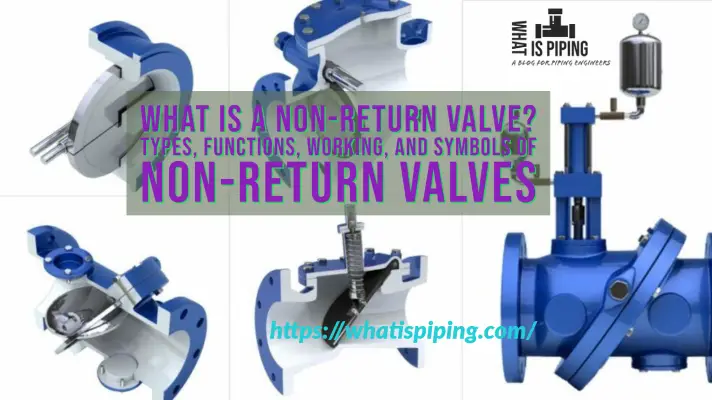

Thank you very much for this insightful explanation.
Mr Dey,
I have a foot valve on the end of a pump suction line inside a water storage tank. I have the lawn sprinkler pump supplementing (tee’d into) the main irrigation supply line. That irrigation pressure can be 20-80 psi supply. So, I have my pump set to turn on when the sprinkler valve opens as to always have pressure for the heads. That pump pumps at 40 psi for the volume I am using. Works great… until it shuts off. My tank is overflowing slowly and I have traced it to the pump line and not the refill line.
Is this a bad brass foot valve or can the system pressure feed back through the foot valve (check valve… I thought)?
My well turns on every thirty minutes or so. The pressure drops, and the pump starts again to build up the pressure. The water softener maintenance technician emptied the line, and now when I try to prime it, there is air in the line. I suspect a hole in the line, so I disconnected it from the pump and installed a compressed-air nipple so that I could pressurize the line to find the hole. What happened was that the remaining water in the line discharged into the well. Then the compressed air went into the well. Isn’t the foot valve supposed to stop back-flow? Now I’m wondering if the fault is in the foot valve. Please offer your opinion.
Thanks,
Eric Johnstone